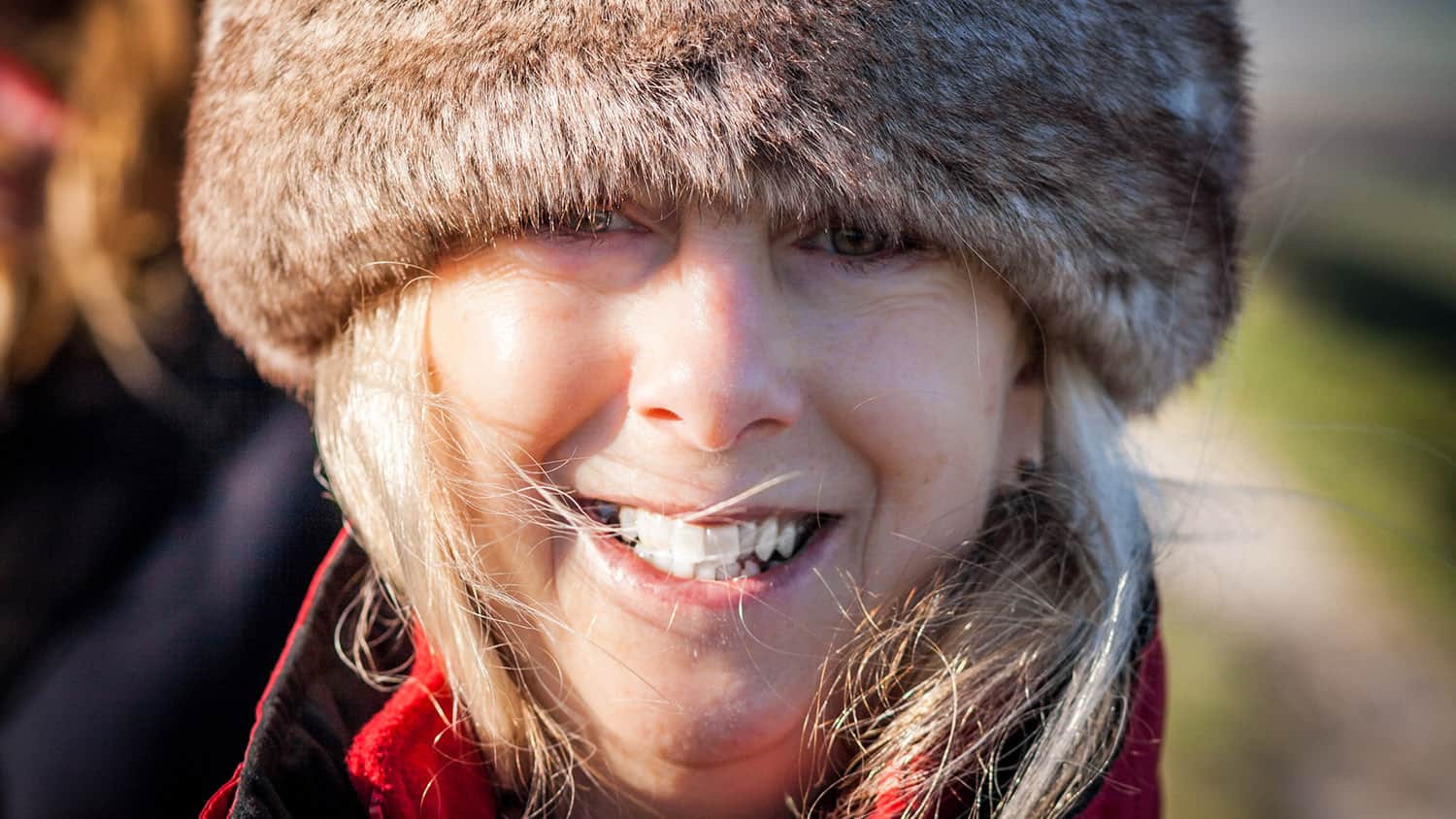
New Year. New Disciplines and a New You!
It’s a new year, a new beginning. For a little over 40% of us, it means we’re in the midst of establishing goals for 2019. These include learning a new language, exercising more or losing a few pounds.
Yet regardless of our particular resolutions, data collected by Statistic Brain Research Institute suggests that individuals in their 20s are more than twice as likely to achieve their New Year’s resolutions when compared to those of us who are over 50 (37.8% compared to 16.3%).
I suspect for many of us, achieving some of our goals isn’t quite as easy as it once was. Strategies that worked for us in our younger years no longer work for in our 60s.
No More Quick Fixes
When I was younger, I didn’t have to consider sticking with a goal such as weight loss for any period of time. I could actually resolve to lose weight, go on a Spartan diet, notch up my exercise, and see results relatively quickly. Now that I’m an elder woman, it’s not so easy.
When additional pounds creep up on me, it’s as though they are stuck to my frame with super glue. No amount of cabbage soup or time spent at the gym can get results like they once did. I finally realized I needed more than quick fixes if I wanted to make and maintain positive changes.
Creating New Disciplines for a New You
Rather than thinking about quick fixes or short-term success, I now try to think about developing new disciplines for myself – disciplines that I can maintain to live my best life.
When I want to replace undesirable behaviors with new ones through a disciplined approach, I use a research-based four-step process.
First, I don’t try to change anything until I honestly recognize what behaviors need to be changed. Then I seek a clear picture of what I want my life to look like.
Next, I identify specific, measurable behaviors that I can put on a scale. Finally, I monitor my measurable progress until I have developed a new discipline.
My own weight management efforts illustrate this four-step process.
Recognizing Problem Behaviors Is the First Step
I thought I was fairly disciplined when it came to diet and exercise. After all, I am practically a vegetarian and rarely eat highly processed foods. I have also maintained a regular exercise schedule over the years.
Overall, I’ve tried to maintain a healthy lifestyle, so it was hard for me to understand why I’ve struggled with my weight, especially as I’ve aged. Until I started paying attention to my habits, I felt like I was doing all I could do to be healthy.
After sharing my struggles with a friend, she suggested I start keeping a food journal. Even though I was resistant to writing down what I ate, I started making mental notes. What I learned about myself shocked me.
I discovered that I’d probably spent a good part of my life on a ‘see’ food diet. I was constantly tasting food while cooking and nibbling in-between meals. I also discovered that I didn’t drink sufficient amounts of water. These habits had been with me for a lifetime.
Creating a Clear Vision Provides Motivation
While habits cultivated over many years are hard to break, there is hope. In a 2003 article for the online edition of Psychology Today, author Hara Estroff Marano suggests that visions help us stay focused.
Because I’m a very visual person, I literally like to gather pictures and images that motivate me to become my best healthy and fit self.
Images that I can find on sites like Sixty and Me are inspiring because they give me a picture of who I can be. I like to create a collage of images that I can use to visualize who I am becoming.
Take Small Steps Using Measurable Behaviors
In consistency with research about making lifestyle changes, I knew I needed to identify specific, measurable steps that would gradually lead to permanent behavioral changes.
I started by creating a chart with three rows and four columns. Then I listed three specific eating-related behaviors in the far left column. These behaviors included snacking, extra food on my plate during meals and drinking water.
In the remaining columns, I listed measurable steps for each category. The measurements in the far right column indicated the behaviors I wanted to develop and maintain.
Monitor Progress While Developing New Disciplines
As I monitored my behaviors each day, I could see that my habits were gradually becoming more consistent with the column on the right rather than the left. Because of these behavioral changes, I started seeing some of the results I was looking for.
I was developing some new disciplines. I quit monitoring my behaviors after a few months. However, once I quit monitoring my behaviors, old habits started creeping back in. Fortunately, I’m now back on track and am holding myself accountable for my own behaviors. The power to change is in my hands.
I’ve applied this same four-step process to other areas that I wanted to change in my life with a good degree of success. I call this process vision mapping.
Are any of you working on resolutions in this new year? Have you also found the need to approach change differently once you reached your 60s? If so, in what ways? Please share in the comments below.






